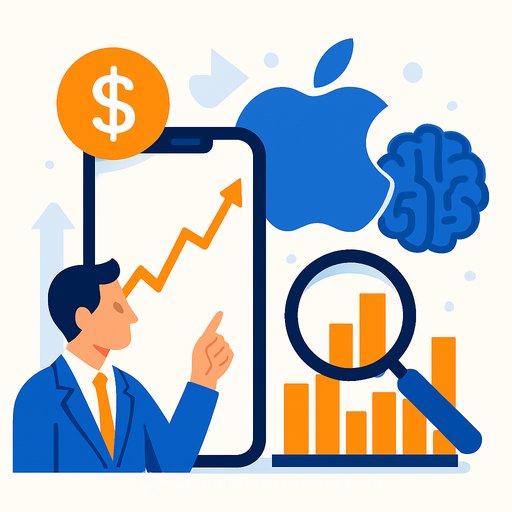Elon Musk and Sundar Pichai Agree: AI Is Still Early - Here's What Executives Should Do Next
Two of tech's most visible CEOs are aligned on a simple point: AI is still at the beginning. Elon Musk expects AI to become "a billion times smarter," and Sundar Pichai says we're at a stage similar to the early internet and mobile eras - with most creative outcomes still ahead.
For executives, the takeaway is clear. Treat AI as a compounding capability, not a one-off tool. Build options now that let you move fast when the next wave hits.
Why this matters for executives
- Market timing: We're early. First movers gain data, process advantages, and distribution before AI-native competitors set the bar.
- Compounding returns: Small, focused deployments today compound into proprietary datasets and differentiated workflows tomorrow.
- Defensibility: Your edge will come from data access, domain context, and integration into core operations - not just model selection.
- Risk posture: AI risk is manageable with the right controls. Waiting creates a larger execution gap later.
Strategy horizon: Where returns are likely
- 0-6 months: Productivity lifts in support, sales ops, finance, procurement, IT service desks. Focus on measurable cost and cycle-time gains.
- 6-18 months: Embedded AI features in existing products and client services. Monetize with tiered pricing or premium support.
- 18-36 months: New AI-native offerings and automated workflows that redefine cost structures and margins.
Product and data decisions to make now
- Prioritize 3-5 use cases with clear metrics (e.g., handle time, win rate, defect rate, cash conversion cycle).
- Data foundation: Identify the high-value data you need, where it lives, and how it will be cleaned, labeled, and governed.
- Model strategy: Decide when to use hosted APIs vs. open-weight models for cost, control, and privacy.
- Evaluation and monitoring: Set up test sets, human review, and drift monitoring before scaling.
- Policy and compliance: Address privacy, IP, export controls, and sector regulations upfront.
Operating model that actually ships
- AI product squads: Product lead + data engineer + ML engineer + domain expert + legal/compliance partner.
- Platform team: Shared tooling for data pipelines, model access, retrieval, observability, and access control.
- Guardrails by design: Role-based access, content filters, audit logs, and incident response.
- Vendor posture: Avoid lock-in with abstraction layers; maintain at least one viable plan B.
What the leaders actually said
Musk responded to a post claiming AI is still early with a simple agreement and added that AI could become a billion times smarter. His point: the ceiling is far above what teams see in day-to-day pilots.
Pichai compared today's AI moment to the early days of the internet and mobile - new forms of creation will emerge, from "vibe coding" to generative media. He noted that polished output still often requires programming skills, but the bar is dropping. For context, see his interview with The Verge here and Google's work on generative video models like Veo here.
KPIs that keep teams honest
- Time to first working prototype
- Weekly shipped improvements per squad
- Quality rate (e.g., accuracy, factuality, compliance pass rate)
- Unit economics (cost per task/inference, margin impact)
- Adoption (active users, tasks automated per user)
Board-level questions to pressure-test your plan
- Which top-three workflows will AI change for us this quarter? What is the expected ROI and timeline?
- What proprietary data advantage are we building, and how will it compound over the next 12 months?
- Where do we need hosted models vs. open weights, and why?
- How are we handling privacy, IP, and auditability for customer-facing AI features?
- What is our vendor exit plan if pricing or performance shifts?
- What training and role changes are in place for managers and frontline teams?
Action checklist for the next 30-90 days
- Stand up one cross-functional AI squad with a mandate and budget.
- Select two high-signal use cases with clear metrics and a 6-8 week runway.
- Deploy evaluation datasets and human review before rollout.
- Instrument cost and quality telemetry from day one.
- Publish a lightweight AI policy for employees and vendors.
If your team needs structured upskilling by role, explore curated executive and team tracks at Complete AI Training.
Your membership also unlocks:






